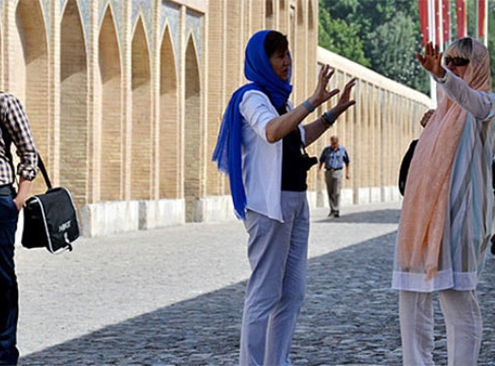
Learn to speak Farsi for your travel to Iran
/
0 Comments
On your travel to Iran, you may need to Speak farsi (Persian)…
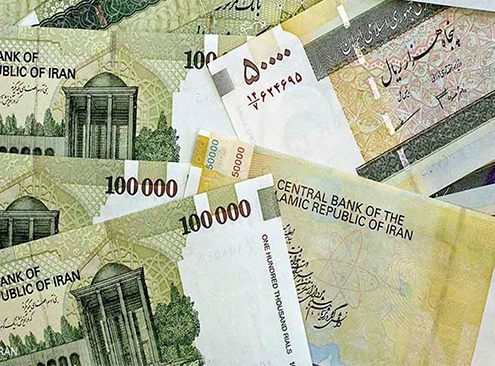
Iran currency information for travelers + Exchange Rate
Iran currency information for travelers
You arrive in Imam…
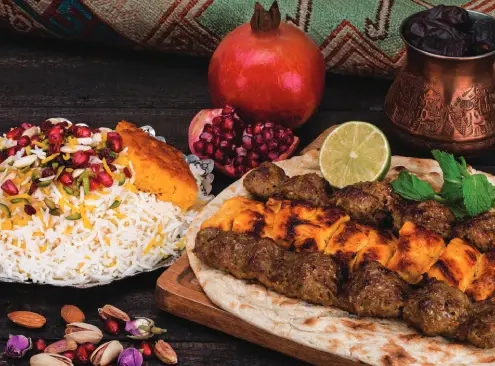
10 Famous Persian Dishes (Photos, Video, Info)
Persian cuisine is not just ancient and cosmopolitan; it is also…

Iran Transport Information
If you are travel to Iran by yourself without the help of a tour…
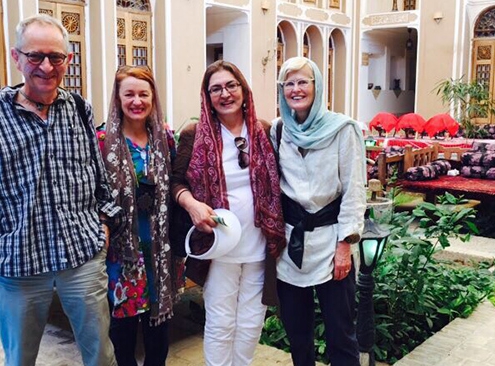
Iran Safety and Health Information for Travelers
“Even the tap water Iran is safe!” This sentence, among all…
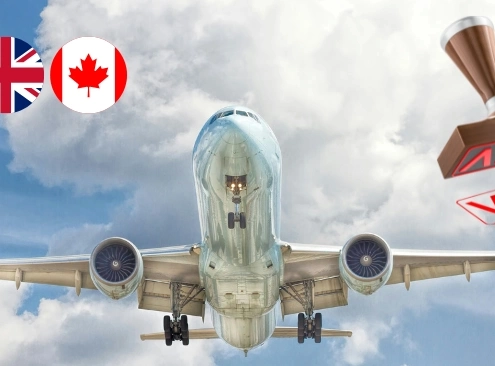
Iran Visa for US, UK or Canadian Citizens
Traveling to Iran is both legal and possible for citizens of…
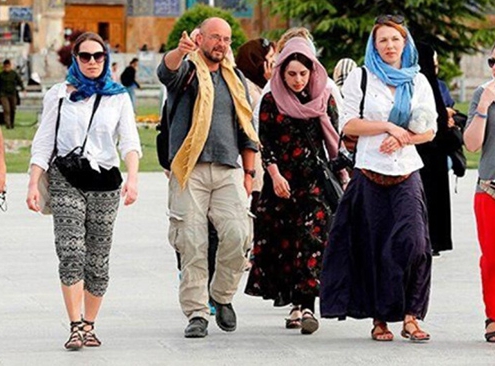
What is the Dress code in Iran?
Many prospective travelers that want to visit Iran, worry about…


